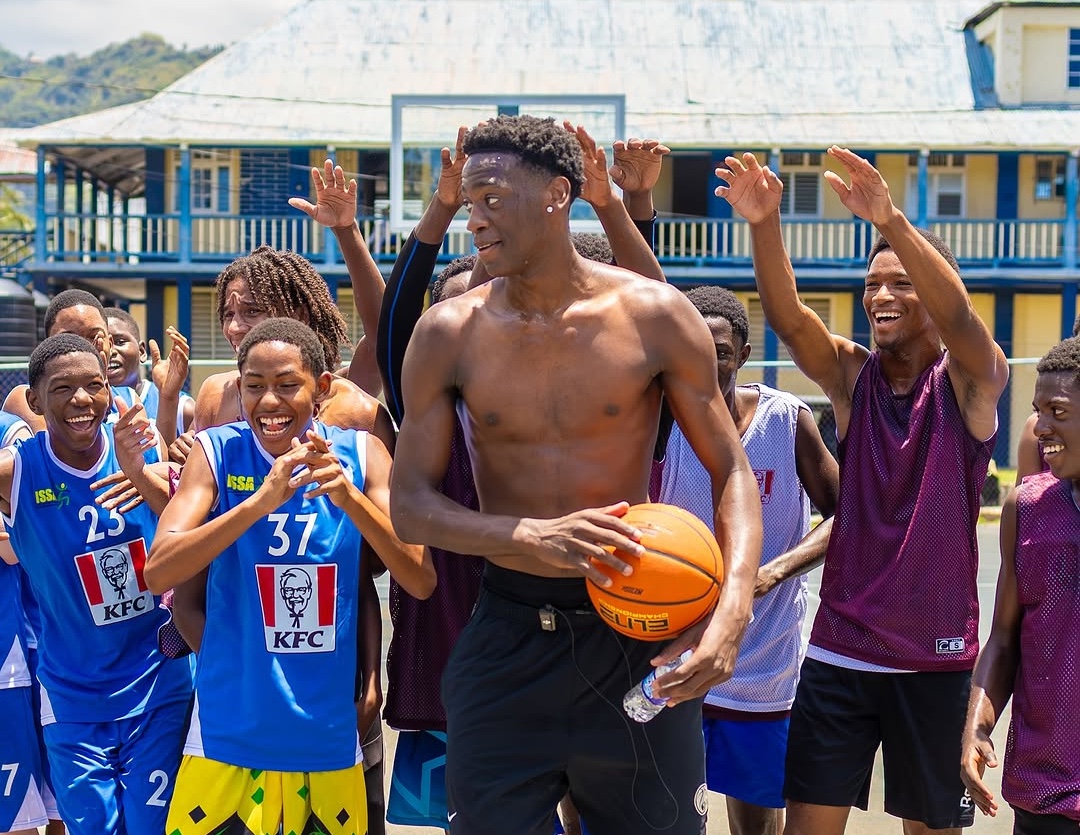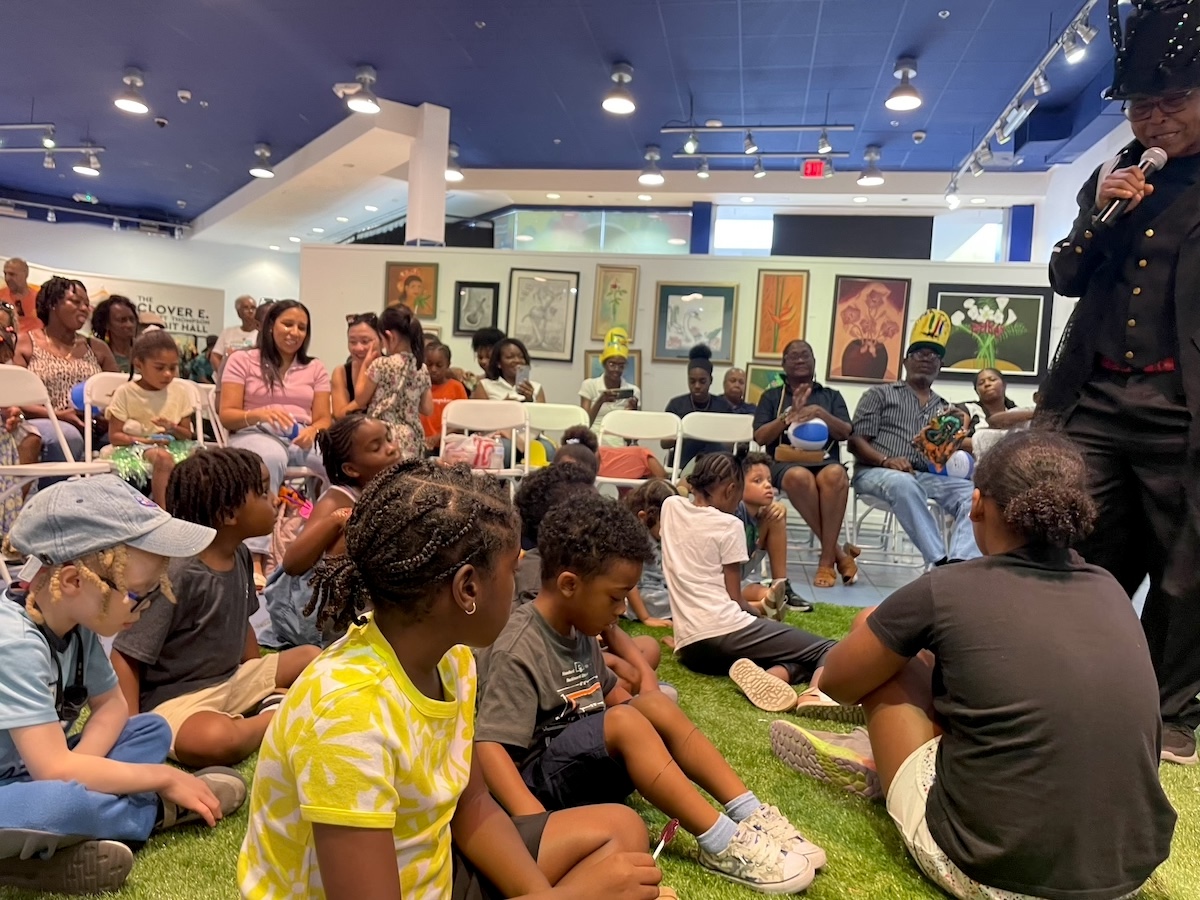Almost bursting with anxiety I forced my mouth to form a polite smile as I gave the receptionist my name, “Toni Callum, I have a one o’clock” I explained finally feeling myself gain a little control oveer my speeding heart. When she asked, “And you’re here for?” I felt it skip a few beats again. My breath caught a little when I realized she was forcing me to say the words I had dreaded repeating for days. “Ahhhh….” my mind frantically began the search for a way to explain the reason for my visit without having to say the dreaded words, then gave up. “I’m here to have a mammogram?” Even though I had meant to say say it as a statement, the overwhelmiing amount of trepidation I was feeling made it sound like a question. As if I needed her reassurance in order justify my pressence. As if accustomed to petrified patients everyday, she shot me a calming smile before handing me the family medical history and insurance forms to complete and informed me that I had at least a half hour wait. My mouth went a little dry again because that was the last thing I wanted to hear. I had not wanted to have anytime to focus on why I was there, wanting to simply exit my car, go inside and have my testing, then return home. But as we all know life is far from simple. As if sensing that I needed to have a drink of something, the receptionist pointed out the water cooler before I turned to walk robotically to my seat.
My oddessy with breast cancer began a little over three years ago when my mother and her sister were both diagnosed within mere weeks of each other. That’s when vile words such as ‘staging’, ‘malingnant’, ‘carcinoma’, ‘tumor’ and ‘strong family history’ became a part of my reality. I was promptly “strongly encouraged” by my personal phsiciacians to have a mammogram. Truthfully, although I had an idea what a mammogram was and I known women who had them regularly, I had never sought to gain any deeper understanding on what a mammogram was or what the procedure even entailed. To be honest, I never wanted to know. It was something I felt I didn’t have to factor into my conciousness until I turned forty years old. That was the age the medical community had told us we needed to concern ourselves with having a mammogram. Forty was a long way off for me, so why did I have to concern myself with the subject of mammograms?
My perspective quickly changed as I sat across from one of the premier breast surgeons on the East Coast an he informed me that although most physicians recommend have their first mammogram at age forty, because of the rising number of women being diagnosed under the age of forty (some in their twenties, and alarmingly even teenagers) he would urge women to consider having their first mammogram as early as age thirty five. The fact that I had both a Mother and Aunt both diagnosed, I needed to be even more vigilant and therefore should have a mammogram immediately, which is why I was sitting in the highly recommended ‘Diagnostic Center’ nervously chewing my finger nails like a school girl.
I’m not sure what frightened me the most about having a mammogram, my concern about the actual procedure or hearing what the results would be. But the one thing I did know was that my lack of information about the subject had not only made me a quiverving mass of nerves but vulnerable to a desease that had the power to change lives with a ravishing swiftness. I decided in that moment that I would take back the tremendous amount of power I had given to breast cancer. I realized that that I had used my fear as a shield from knowledge and that only served to place me in a position that could have been almost detremental.
Forty-five minutes later I walked to my car feeling relieved and empowered. Relieved because my slides were clear. My doctor had asked that they be read immediately knowing that my nerves could never hold up to even a few hours of waiting. But I felt empowered because at least I knew something. I was no longer in a state of nervousness because either way, I now had an answer.
Recently I spoke with Vicki Anderson, a Mammographer at the West Hernando Diagnostic and MRI Center in Brooksville, Florida in order to gain a little insight from the standpoint of an individual who might one day have to take your mammogram, so more women can be a little more informed as to what the process is all about.
T.C. First of all, can you please tell us who should have a mammogram?
V.A. Well, If there is a prior history of breast cancer such as a mother or sister, we would like to see women come in for a baseline mammogram as early as age thirty. But normally between thirty five and forty the baseline mammogram and then once per year after age forty. Now, if there is and emergency situation i’m sure a doctor would also recommend that you have one right away.
T.C. What is a baseline mammogram?
V.A. A baseline mammogram is your very first mammogram. It is what we use to campare your subsequent mammograms to in order to detect any subtle changes in beast tissue.
T.C. How reliable is a mammogram?
V.A. About eighty nine percent, so you can see why it is an important dianostic tool.
T.C. What about women with breast implants?
V.A. Well implants make it much more difficult to to see breast tissue. With a women without implants we usually have to take four pictures, when there are implants we take eight pictures. We can only see approximately forty percent of breat tissue when there are implants.
T.C. What is it about a mammogram that makes women sometimes hesitant to have one?
V.C. Well, it is usually due to a fear of the actual procedure, the compression. During a mammogram, your breast are compressed between two slides in order for us to get a clear view of the tissue inside. Most women feel that this is a painful process but it actually is not. It is more discomfort than pain.
T.C. Are there any dangers to Mammography?
V.C. Well we suggest that women not be breast feeding for at least six months prior to having a mammogram only because you are subjected to a certain a level of radiation and we would never ever want any unsessary exposure to a baby. But besides that there are no dangers to Mammography.
T.C. Is there anything that you would like women to know about mammmograms?
V.C. Yes, I would really like them to know that it really does not take all that long. It is a relatively quick process. It is also a wonderful tool in the early detection of breast cancer which we know saves many lives per year.
T.C. Well, I’d really like to thank you for taking the time out to speak with us. You’ve been very imformative.
V.C. No problem. It was my pleasure to aid in women gaining more insight into the significance of having a mammogram.





